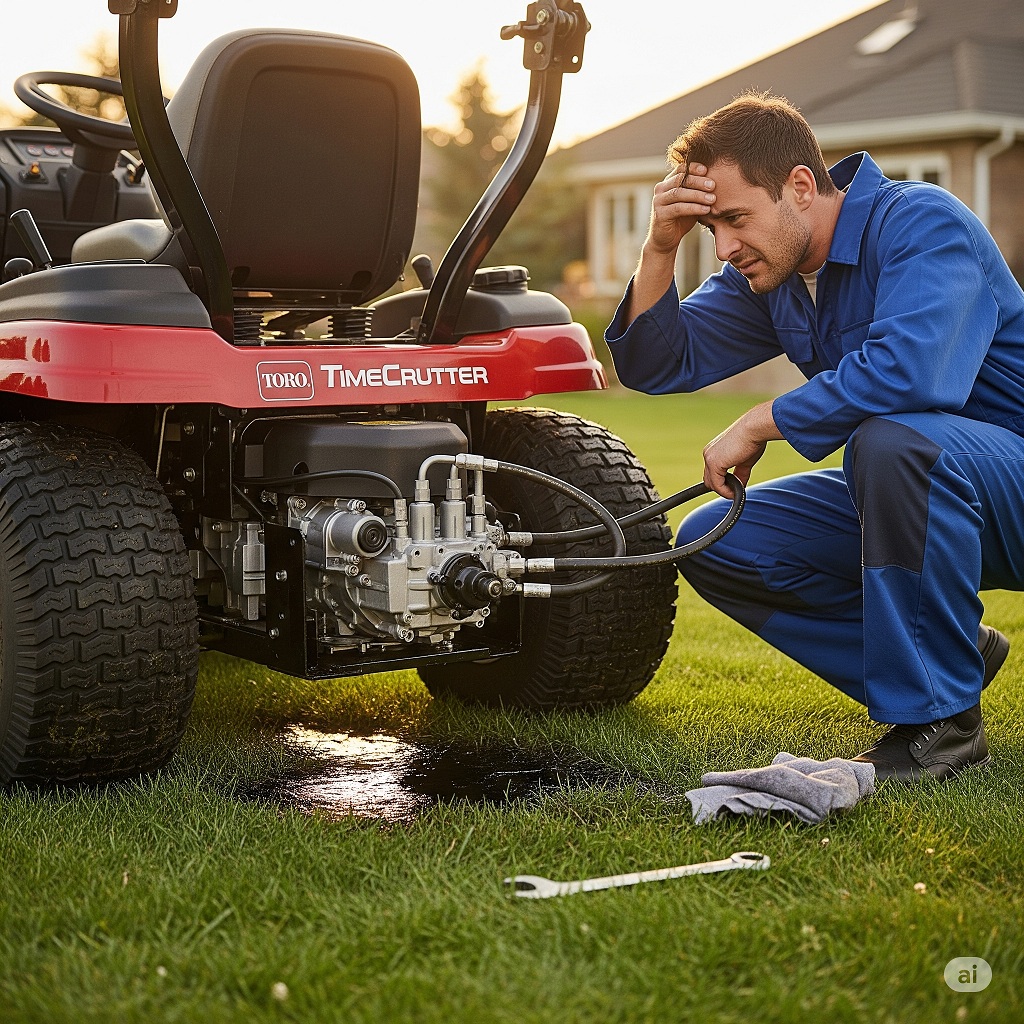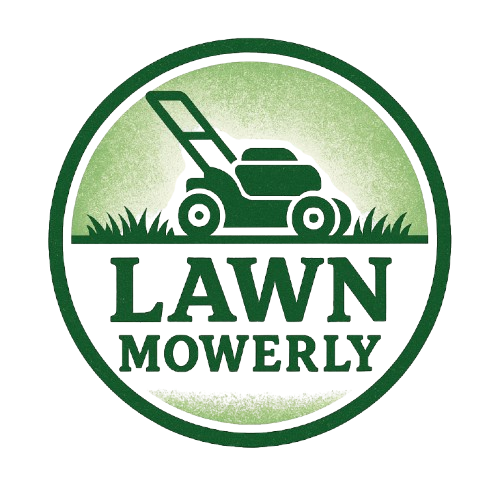
The Toro TimeCutter is a reliable zero-turn mower known for speed, agility, and comfort. But like all mowers, its hydrostatic transmission (hydro) can face issues over time. Understanding the symptoms, causes, and fixes for Toro TimeCutter hydro problems can save you time, money, and downtime.
This guide will walk you through:
- Common hydrostatic problems
- DIY and professional fixes
- Maintenance tips
- FAQs and more
🚜 What Is a Hydrostatic Transmission in a Toro TimeCutter?
Toro TimeCutter mowers use hydrostatic transmissions (usually Hydro-Gear ZT-2200, ZT-2800, or ZT-3100) to control each wheel independently. These systems use hydraulic fluid pressure to transfer power from the engine to the wheels, allowing for smooth variable speed control and zero-turn maneuverability.
While hydrostatic drives are durable, they can develop issues due to fluid contamination, leaks, wear, or lack of maintenance.
🔧 1. Common Toro TimeCutter Hydro Problems
🔹 A. Loss of Drive Power or Slow Movement
Symptoms:
- Mower moves slowly or stalls on inclines
- Jerky or inconsistent movement
- One wheel moves slower than the other
Likely Causes:
- Low or old hydraulic fluid
- Air in the hydro system (after service or leak)
- Worn or slipping drive belt
- Failing hydro pump or motor
Fixes:
- Check fluid level and quality; top off or replace with manufacturer-recommended oil (usually 20W-50 or OEM-specific fluid)
- Bleed air from the system (more on this below)
- Inspect and replace drive belt if worn or loose
- Service or replace hydro pump/motor if internal wear is suspected
🔹 B. No Movement in One or Both Wheels
Symptoms:
- One side of the mower won’t move at all
- Complete drive loss in both transmissions
Likely Causes:
- Drive release lever engaged (freewheeling mode)
- Broken or disconnected control linkage
- Internal transmission failure
- Contaminated or low hydraulic fluid
Fixes:
- Ensure the bypass levers are in the operating position (pushed in fully)
- Check control rods and linkage for damage or disconnection
- Check fluid and top off or change as needed
- If internal failure, rebuild or replace the transmission
🔹 C. Overheating Transmission
Symptoms:
- Hydro becomes noisy or whines after 15–30 minutes
- Loss of power when hot
- Smell of burning fluid
Likely Causes:
- Dirty cooling fans or debris around transmission
- Old or contaminated hydraulic oil
- Excessive mowing in high temps or hills
- Overloaded transmission beyond rating
Fixes:
- Clean transmission fan blades and guards
- Flush and replace hydraulic oil
- Avoid prolonged operation in extreme heat or steep slopes
- Upgrade to a more heavy-duty model (e.g., ZT-2800 or ZT-3100) if you’re pushing the limits
🔹 D. Whining or Grinding Noises
Symptoms:
- High-pitched whining from rear of mower
- Grinding or metallic sounds during turns or acceleration
Likely Causes:
- Air in hydro lines (common after fluid changes)
- Low or degraded fluid
- Bearing wear or cavitation in pump/motor
Fixes:
- Bleed air from system (run mower with wheels off ground forward/reverse 5–6 times)
- Check fluid level and age
- Service hydro system if noises persist
🔹 E. Leaking Hydraulic Fluid
Symptoms:
- Oil spots under mower
- Low fluid levels after short use
- Visible wetness around fittings or case
Likely Causes:
- Cracked hoses or seals
- Loose drain plugs or fittings
- Damaged reservoir or case
Fixes:
- Tighten fittings and clean residue to find leak source
- Replace cracked hoses or seals
- Patch or replace hydro case if damaged
🧰 2. How to Bleed the Hydrostatic Transmission (Air Removal)
Bleeding is essential after changing hydro oil, fixing leaks, or opening the system.
Steps:
- Lift the rear wheels off the ground (use jack stands or ramps).
- Start the engine and set throttle to mid.
- Release the parking brake.
- Move control levers forward and reverse slowly 5–6 times.
- Shut off the engine and check fluid.
- Repeat until movement is smooth and quiet.
Note: Never skip this step after servicing. Air in the system can ruin performance.
🛠️ 3. Transmission Belt Issues
Common Symptoms:
- No forward/reverse
- Sluggish or jerky movement
- Belt squealing
Fix:
- Inspect the drive belt for fraying, cracks, or glazing
- Replace with OEM or heavy-duty aftermarket belts
- Check belt tensioner pulleys for wear or misalignment
🛢️ 4. Hydraulic Fluid Maintenance Tips
Recommended Fluid:
- 20W-50 motor oil (non-synthetic or synthetic)
- Or OEM-specified hydro oil (varies by model year)
Change Interval:
- Every 100 hours, or at least once a season
- More often in dusty, wet, or extreme use
How to Change Fluid:
- Remove mower deck for access.
- Locate drain plug (or remove transmission if sealed).
- Drain fully.
- Refill with fresh fluid to recommended level.
- Bleed air as described above.
⚙️ 5. Upgrading the Hydro Transmission
Some users find the ZT-2200 (EZT) units in TimeCutter models underpowered for rough terrain or frequent mowing. Upgrading to ZT-2800 or ZT-3100 transmissions improves:
- Torque output
- Cooling capability
- Serviceability (they’re rebuildable, unlike ZT-2200)
However, upgrades require fabrication and are only recommended for advanced DIYers or pros.
🚫 6. When to Replace the Transmission
Replacement may be your best option if:
- Fluid leaks internally (not visible)
- Complete drive loss persists after bleeding
- Metal shavings are found in oil
- Loud whining persists with clean oil
Replacement costs (parts only):
- ZT-2200: ~$500–$650
- ZT-2800: ~$700–$850
- Labor: $250–$500 depending on shop
🧽 7. Preventive Maintenance Tips
- Keep fans and vents clean from grass/debris
- Check and change hydro fluid every season
- Don’t mow steep slopes above 15° (can starve pumps)
- Store mower on level surface
- Use high-quality or OEM drive belts
❓ Frequently Asked Questions (FAQs)
Q: Can you repair a sealed hydrostatic transmission?
Most Toro TimeCutters use sealed ZT-2200 transmissions that are non-serviceable internally. You can replace fluid, but if the internal parts fail, the unit must be replaced.
Q: How long does a Toro hydrostatic transmission last?
With proper care, expect 400–800 hours for sealed units. Serviceable models (ZT-2800+) may last over 1,000 hours with regular fluid changes.
Q: Why does my Toro TimeCutter lose power on hills?
This usually indicates low fluid, air in system, or pump wear. Also check for a slipping drive belt or excessive heat in the transmission.
Q: What if my mower only moves in reverse?
This could be a control linkage issue, belt problem, or internal valve issue in the hydro unit. Inspect linkage and test forward command input.
Q: Can I use synthetic oil in my hydro drive?
Yes, many owners report success with synthetic 20W-50, but always check your Toro manual or transmission model (Hydro-Gear has specific oil requirements).
✅ Final Thoughts
Toro TimeCutter hydro problems are often preventable with regular maintenance, fluid changes, and early troubleshooting. Here’s a quick summary:
| Problem | Common Fix |
|---|---|
| Sluggish movement | Check fluid, bleed air, belt check |
| No drive | Verify bypass lever, inspect linkage |
| Noise/whining | Bleed system, replace fluid |
| Overheating | Clean fan, replace fluid, avoid overload |
| Fluid leaks | Replace hoses, seals, tighten fittings |

I’m David man behind Lawn Mowerly; I’ve been dealing with lawnmowers and Tractors with my father since I was a kid. I know every make and model and what each one is capable of and love helping people find the perfect equipment for their needs.
